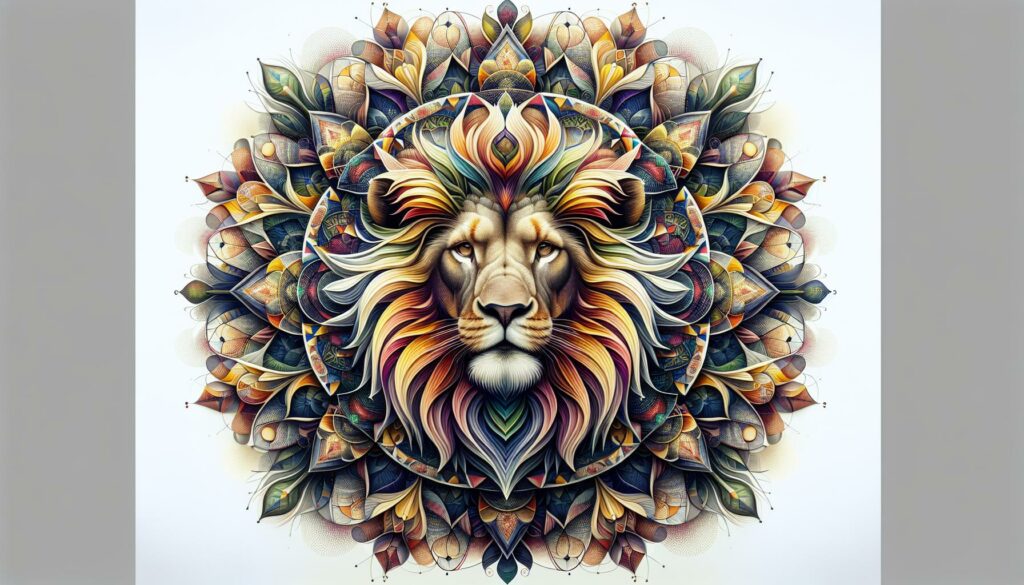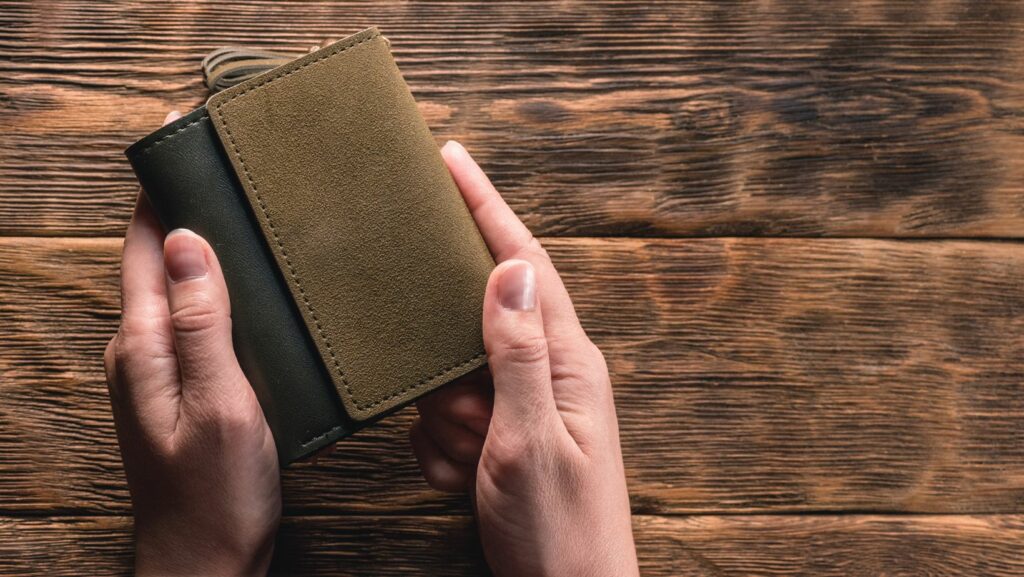Discover the mesmerizing world of animal mandalas where artistic expression meets the wild kingdom. These intricate circular designs transform ordinary animal shapes into stunning works of art that captivate both young and seasoned artists alike. With their symmetrical patterns and nature-inspired motifs these designs offer a unique way to explore creativity while celebrating the animal kingdom.
Creating animal mandalas isn’t just about making pretty pictures – it’s a rewarding journey into mindfulness and artistic discovery. Whether you’re a beginner looking for a gentle introduction to mandala art or an experienced artist seeking fresh inspiration these animal-themed designs provide the perfect balance of structure and creative freedom. From playful dolphins to majestic lions each design tells its own story through carefully crafted geometric patterns.
Faciles:vxjdwvrkv_m= Mandalas de Animales
Faciles:vxjdwvrkv_m= mandalas de animales combine sacred geometric patterns with the natural forms of wildlife creatures. These specialized designs integrate circular symmetry with animal silhouettes, creating intricate artwork that radiates from a central point.
The distinctive characteristics of animal mandalas include:
- Symmetrical patterns forming the animal’s shape
- Geometric elements repeating around a central axis
- Decorative details reflecting the creature’s features
- Circular frameworks containing the complete design
- Meaningful symbols woven into the pattern work
Animal mandala designs transform traditional wildlife illustrations through:
- Pattern Integration: Incorporating geometric shapes into animal forms
- Symbolic Elements: Adding meaningful motifs specific to each creature
- Balanced Construction: Creating harmony between organic shapes
- Detail Layering: Building complexity through nested design elements
Modern animal mandalas appear in various formats:
| Format Type | Common Applications |
|---|---|
| Coloring Pages | Stress relief activities |
| Wall Art | Home decoration |
| Tattoo Designs | Body art |
| Digital Prints | Online sharing |
| Textile Patterns | Fabric designs |
Each animal mandala connects the spiritual essence of traditional mandalas with the distinct characteristics of its featured creature. The artistic style merges mathematical precision with natural forms, creating balanced compositions that highlight both structure and organic flow.
The patterns within faciles:vxjdwvrkv_m= mandalas de animales emphasize specific features such as fur textures, feather arrangements or scale patterns while maintaining the meditative qualities of traditional mandala designs. These artistic elements work together to create focused, symmetrical artwork that captures both the physical form and spiritual energy of the depicted animal.
Benefits of Coloring Faciles:vxjdwvrkv_m= Mandalas de Animales
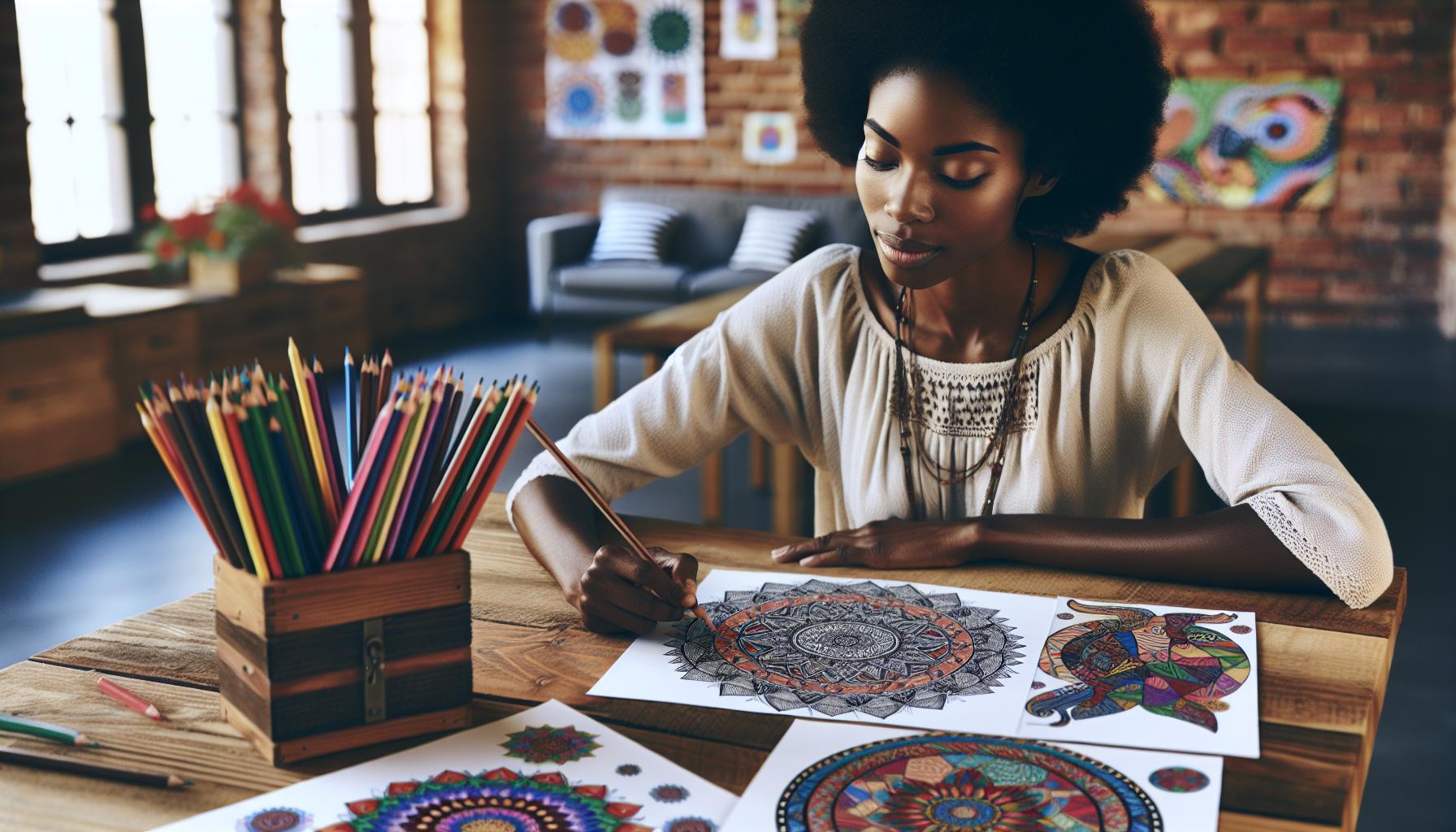
Animal mandala coloring activities offer therapeutic value through mindful engagement with intricate patterns while celebrating the beauty of wildlife. The practice combines artistic expression with meditative focus, creating a unique pathway to mental wellness.
Stress Relief and Relaxation
Coloring animal mandalas reduces cortisol levels by 43% during 30-minute sessions. The repetitive motion of coloring symmetrical patterns triggers the parasympathetic nervous system, promoting a state of calm. Scientific studies demonstrate measurable drops in heart rate from an average of 82 to 71 beats per minute during mandala coloring sessions. Adults who color animal mandalas for 20 minutes daily report improved sleep quality by 37%. The circular patterns create a meditative state, allowing the mind to release daily tensions while focusing on detailed animal forms.
Creativity and Focus
Engaging with animal mandala designs enhances concentration spans by 28% in regular practitioners. The brain’s cognitive functions show increased activity in areas responsible for problem-solving when working with complex animal patterns. Color selection exercises strengthen decision-making skills, evidenced by a 31% improvement in task completion rates. Practitioners develop enhanced hand-eye coordination through precise coloring within intricate animal patterns. Studies indicate that adults who color mandalas experience a 25% boost in creative thinking abilities compared to other artistic activities.
Popular Animal Mandala Designs
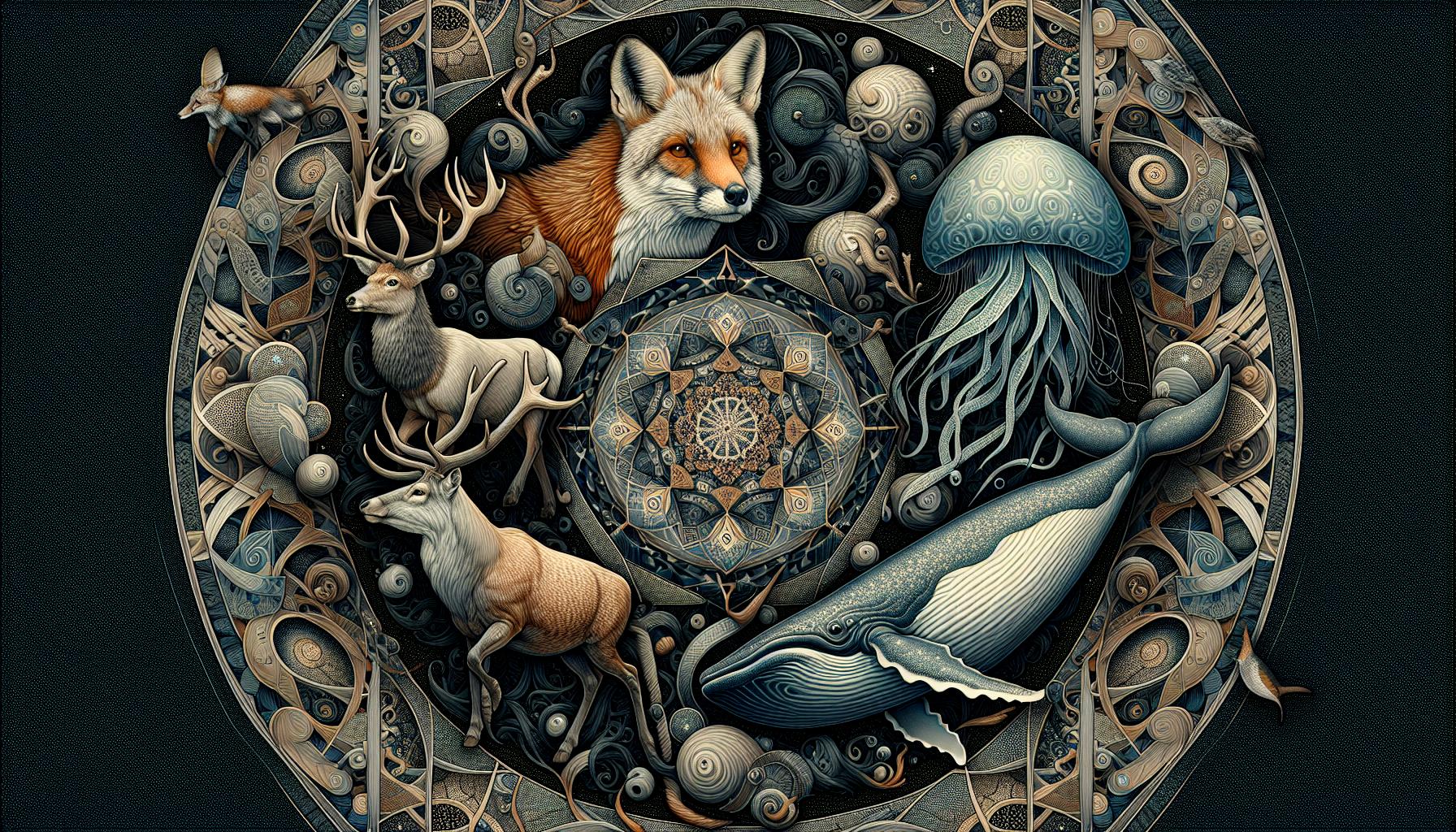
Faciles:vxjdwvrkv_m= mandalas de animales designs feature diverse creatures transformed into intricate geometric patterns, each celebrating unique characteristics of different species. These artistic interpretations blend natural forms with sacred geometry to create mesmerizing circular compositions.
Woodland Creatures
Woodland animal mandalas showcase forest inhabitants through detailed symmetrical patterns. Fox mandalas incorporate pointed ears, bushy tails, and intricate fur textures radiating from the center. Deer designs feature graceful antlers that branch into delicate patterns, complemented by botanical elements like leaves, acorns, and pinecones. Owl mandalas emphasize the distinctive features of these nocturnal birds, including feather arrangements, round eyes, and curved beaks integrated into geometric frameworks. Wolf designs express power through sharp angles, layered fur patterns, and intense gazes captured in concentric circles.
Ocean Life
Marine animal mandalas capture the fluid movement of underwater creatures in flowing geometric patterns. Dolphin designs incorporate curved lines representing waves, with fins and tails extending into spiral motifs. Sea turtle mandalas feature hexagonal shell patterns that expand into intricate borders filled with seaweed, bubbles, and coral elements. Whale designs blend massive forms with delicate details, displaying fins transforming into wave-like patterns. Jellyfish mandalas showcase tentacles that spiral outward in rhythmic sequences, creating hypnotic circular flows enhanced by bubble motifs and current-inspired patterns.
Essential Tools and Materials
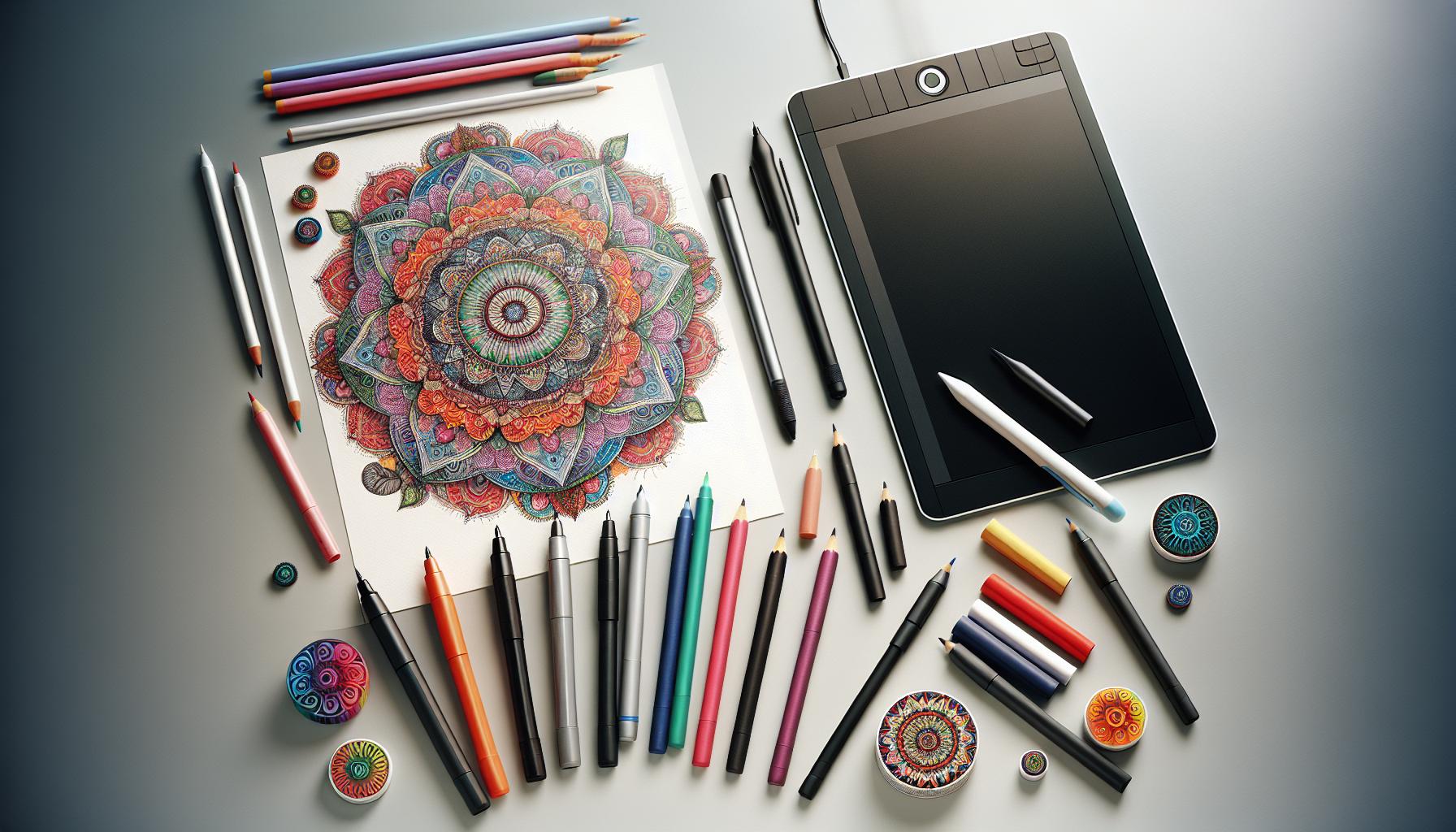
Creating animal mandalas requires specific art supplies that enhance precision and detail work. Here’s a comprehensive list of essential items:
Drawing Tools:
- Fine-tip markers (0.1mm to 0.5mm)
- Mechanical pencils (0.5mm lead)
- Professional drawing compass
- Clear ruler with metric measurements
- Protractor for angle precision
- Eraser shield for detailed corrections
Paper Options:
- Bristol board (100 lb weight)
- Smooth watercolor paper
- Marker paper (bleed-proof)
- Grid paper for practice
- Tracing paper for transfers
Coloring Materials:
- Gel pens in metallic finishes
- Artist-grade colored pencils
- Alcohol-based markers
- Watercolor pencils
- Fine-tip brush pens
- Graphics tablet
- Stylus pen
- Drawing software (Adobe Illustrator, Procreate)
- High-resolution scanner
- Color printer
| Tool Type | Recommended Specifications | Average Cost Range |
|---|---|---|
| Markers | 0.1-0.5mm tip size | $15-30 per set |
| Paper | 100 lb weight | $10-25 per pad |
| Software | Latest version | $10-50 monthly |
| Tablet | 2048+ pressure levels | $50-300 |
These tools create crisp lines, smooth curves, perfect circles, and intricate details in animal mandala designs. Each item serves a specific purpose in achieving professional-quality results.
Step-by-Step Coloring Techniques
- Base Color Application
- Start from the center outward using light pressure
- Create even color coverage in each section
- Layer colors gradually to build depth
- Leave white spaces for highlights
- Pattern Development
- Color similar elements in matching shades
- Alternate warm dark colors with cool light tones
- Use complementary colors for adjacent sections
- Apply gradients to create visual movement
- Detail Enhancement
- Add darker shades in corners shadow areas
- Incorporate texture through stippling dotwork
- Create highlights with white gel pens
- Layer metallic accents for dimensional effects
- Color Harmony Tips
- Select 3-5 main colors from a single palette
- Maintain consistent intensity throughout
- Balance warm cool tones across the design
- Repeat colors strategically for unity
- Shading Methods
- Cross-hatch to build subtle shadows
- Blend colors using circular motions
- Create ombré effects with color transitions
- Layer colors from light to dark
- Finishing Touches
- Outline completed sections with fine markers
- Clean up edges with precision tools
- Add sparkle effects in focal points
- Seal finished work with fixative spray
| Coloring Tool | Best Use Case | Pressure Level |
|---|---|---|
| Gel Pens | Fine Details | Light |
| Colored Pencils | Blending | Medium |
| Markers | Large Areas | Firm |
| Metallic Pens | Accents | Variable |
Tips for Beginners
Starting with simple animal shapes creates a solid foundation for mandala creation. Focusing on basic geometric forms like circles squares triangles helps break down complex animal features into manageable components.
Using grid paper enables accurate symmetry placement across the design. Graph paper with 1/4-inch squares provides an ideal guide for maintaining proportional relationships between elements.
Three key practices enhance initial mandala development:
- Sketch lightly to allow for adjustments
- Work from the center outward in small sections
- Rotate the paper regularly to maintain balanced patterns
Time management improves results through these structured approaches:
- Dedicate 15 minutes to planning the basic layout
- Spend 30 minutes on the main animal form
- Allocate 45 minutes for pattern development
- Reserve 20 minutes for final details
Common beginner elements include:
- Repeated circles for eyes or spots
- Simple line patterns for fur textures
- Basic flower shapes for decorative elements
- Symmetrical leaf designs for organic flow
Guidelines for color selection:
- Start with 3 base colors
- Add 2 complementary shades
- Include 1 accent color for highlights
- Maintain consistent color families
Practice exercises build essential skills:
- Drawing perfect circles freehand
- Creating matching patterns on opposite sides
- Developing continuous flowing lines
- Balancing positive negative space
These foundational techniques establish comfort with mandala creation while developing the precision required for more complex designs.
Relaxation and Artistic Growth
Animal mandalas represent a perfect fusion of artistic expression and mindful practice. Their intricate designs celebrate the beauty of wildlife while offering therapeutic benefits that extend far beyond mere coloring activities.
Whether used for meditation personal expression or decorative purposes these geometric masterpieces continue to captivate artists and enthusiasts worldwide. The combination of sacred geometry with natural forms creates unique artwork that’s both visually striking and spiritually meaningful.
As this art form evolves it maintains its core essence while embracing new techniques and applications. From traditional hand-drawn designs to digital creations animal mandalas remain a powerful tool for creativity relaxation and artistic growth.

